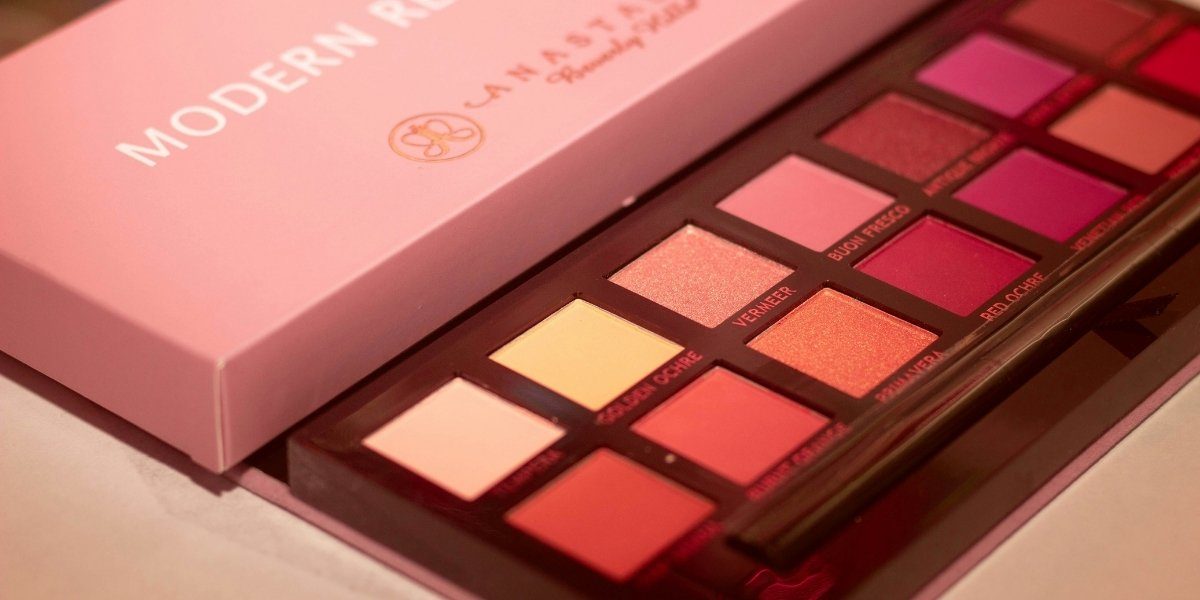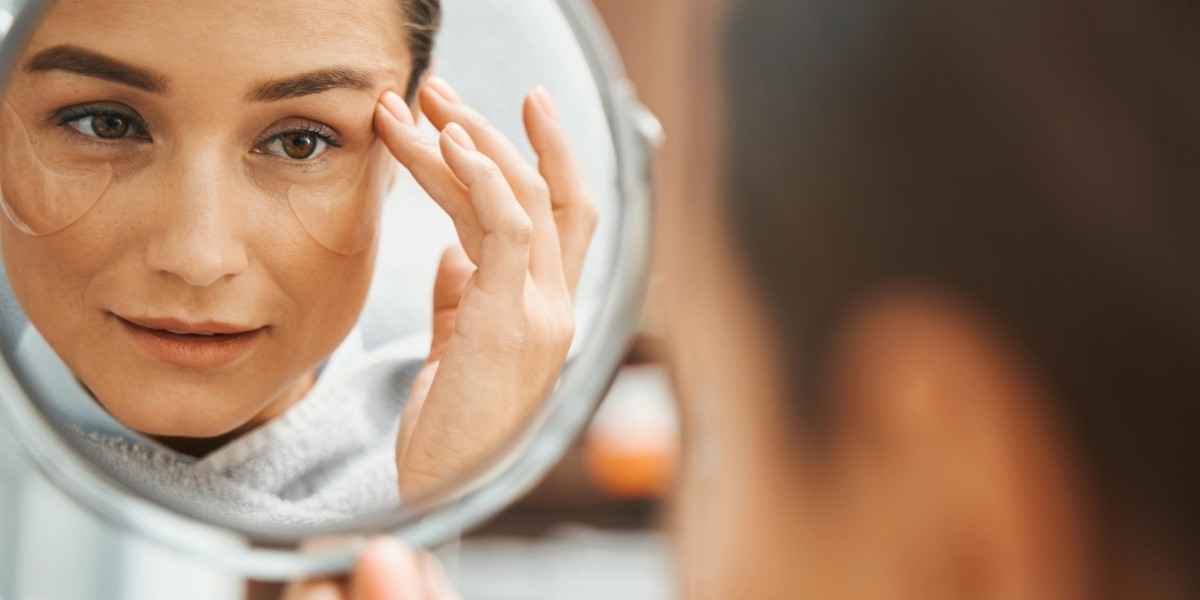Makeup has the power to transform, enhance, and boost confidence. Whether aiming for a soft, everyday look or a bold, dramatic finish, an eyeshadow palette is an essential tool. With so many shades and finishes available, knowing how to use them correctly can elevate any makeup routine.
Read Also: AI-Powered Cameras: A Game-Changer in Modern Technology
What Makes an Eyeshadow Palette Essential for Makeup?
An eyeshadow palette offers versatility, allowing users to create multiple looks with a single product. From neutral tones for subtle definition to vibrant hues for artistic expression, the right combination can define, highlight, and enhance the eyes. Makeup artists and enthusiasts alike value palettes for their ability to blend seamlessly and complement different skin tones.
Professional-grade formulas provide highly pigmented, long-lasting color payoff, while beginner-friendly options focus on smooth application and easy blending. Matte, shimmer, satin, and glitter finishes add dimension, making an eyeshadow palette a fundamental element in beauty routines.
How Do You Choose the Right Eyeshadow Palette?
Selecting the perfect eyeshadow palette depends on factors like skin tone, eye color, and personal style. Neutral palettes featuring browns, taupes, and golds work well for everyday wear, while vibrant palettes with blues, greens, and purples cater to bold, experimental looks.
Texture also plays a significant role. Matte shades are ideal for defining the crease and creating depth, while shimmer and metallic shades enhance brightness. Those with dry eyelids may prefer cream-based formulas, while powder-based shadows blend effortlessly on most skin types.
High-quality palettes often include a mix of light, medium, and dark shades, allowing seamless transitions between colors. Investing in a palette with well-coordinated hues ensures a professional finish, regardless of experience level.
What Are the Best Techniques for Applying Eyeshadow?
Using an eyeshadow palette effectively requires mastering a few techniques. Blending is key to achieving a polished look, ensuring there are no harsh lines between shades. A fluffy blending brush softens edges, while a dense brush packs pigment onto the eyelid for maximum impact.
Layering enhances color payoff, starting with a light base shade and building up intensity with deeper tones. The crease defines eye shape, making it essential to apply a medium-toned shade slightly above the eyelid for added dimension. Shimmer shades pop when applied with a damp brush or fingertip, intensifying their reflective quality.
For a seamless transition, transition shades bridge the gap between light and dark colors. Placing a neutral shade between the brow bone and crease ensures a gradient effect, preventing harsh demarcations.
How Can You Make Your Eyeshadow Last Longer?
Longevity depends on proper preparation. Applying an eyeshadow primer creates a smooth base, preventing creasing and enhancing pigment adherence. Setting the primer with a light dusting of translucent powder ensures a crease-free application.
Using high-quality formulas with long-wearing properties also improves durability. Some eyeshadow palettes feature waterproof or smudge-proof formulations, making them ideal for long hours of wear.
For intensified results, layering a cream eyeshadow beneath powder-based shadows enhances vibrancy. A setting spray further locks in the look, ensuring colors remain fresh throughout the day.
How Can You Experiment With Different Eyeshadow Styles?
Makeup allows creativity, and an eyeshadow palette serves as a canvas for expression. A soft, natural look involves neutral shades blended seamlessly, enhancing features without overpowering them. A smoky eye requires a gradient of deep shades, focusing on blending for a sultry effect.
Cut-crease techniques create a sharp contrast between lid and crease shades, emphasizing precision and definition. Halo eyes center light shades on the middle of the eyelid, creating an illusion of depth and roundness. Graphic liner and bold color combinations push creative boundaries, allowing users to showcase individuality.
Adapting techniques based on eye shape enhances the final result. Hooded eyes benefit from extended crease application, while monolids achieve depth through gradient layering. Experimenting with placement and blending techniques tailors the look to each unique feature.
How Do You Maintain and Store an Eyeshadow Palette?
Proper maintenance ensures longevity and hygiene. Cleaning brushes regularly prevents product buildup, which can affect application. Storing a palette in a cool, dry place away from direct sunlight preserves pigment quality and prevents damage.
For pressed powder formulas, occasional sanitization with alcohol wipes minimizes bacteria. Avoiding moisture exposure keeps textures intact, preventing hardening or crumbling.
How Can Beginners Improve Their Eyeshadow Skills?
Practice and patience are essential for mastering makeup techniques. Watching instructional videos provides guidance, breaking down complex techniques into manageable steps. Following experienced makeup artists helps refine blending and color placement skills.
Starting with basic looks and gradually experimenting with bolder styles builds confidence. Using a high-quality eyeshadow palette enhances the learning process, ensuring smooth application and consistent results.
Published by Drake M.





